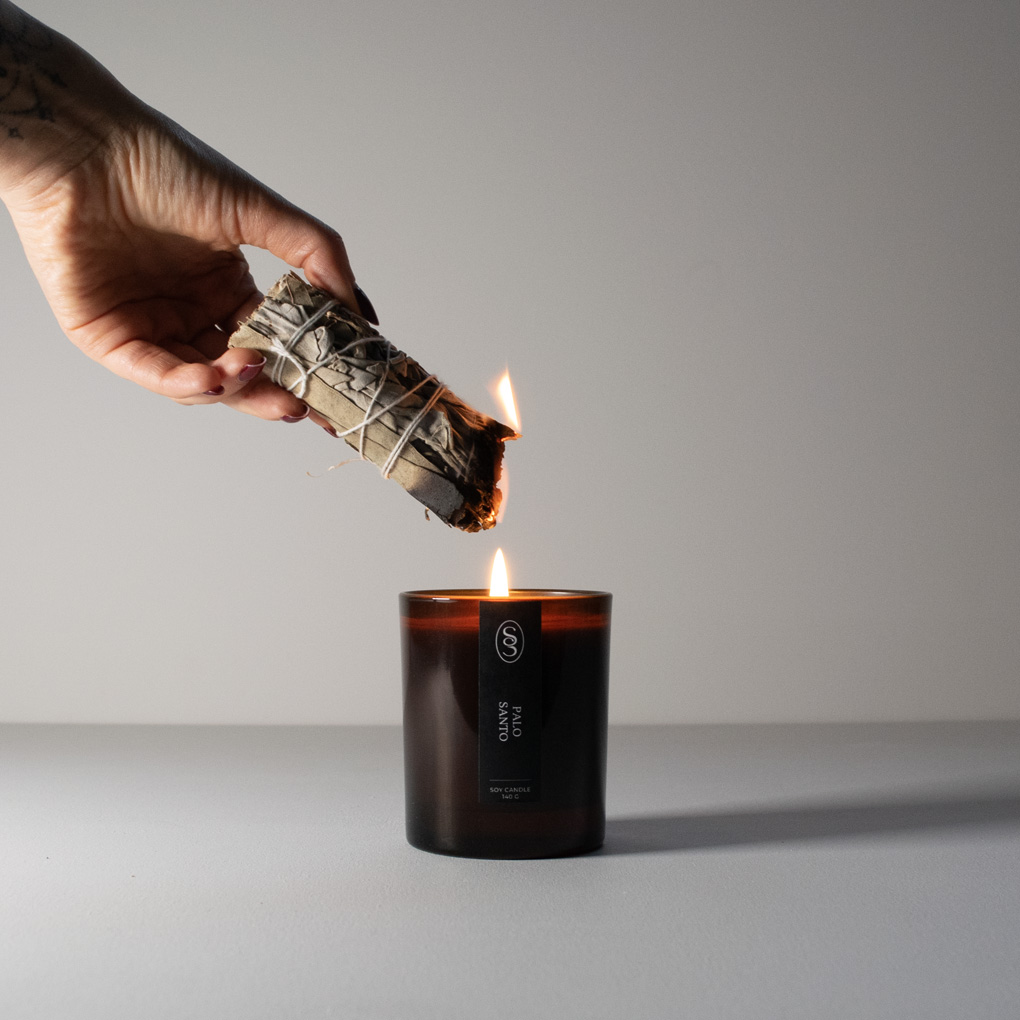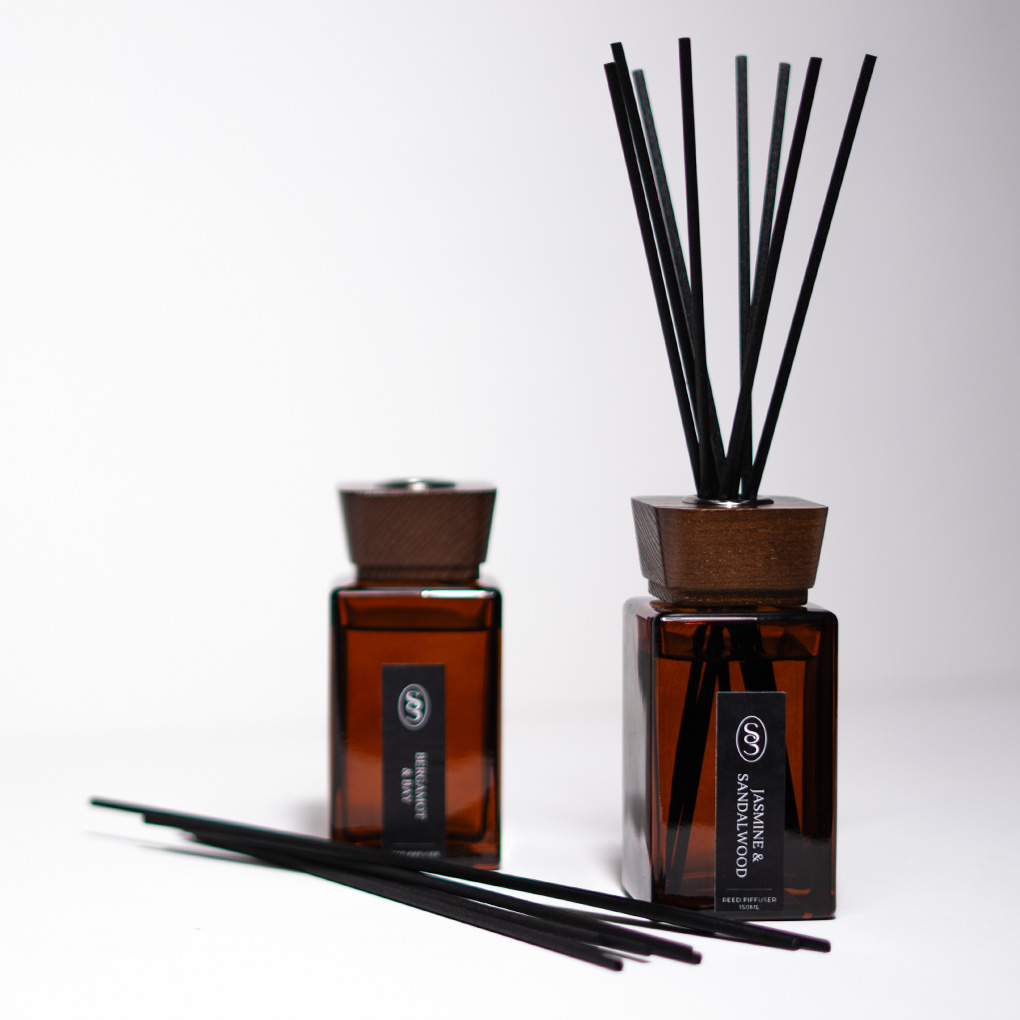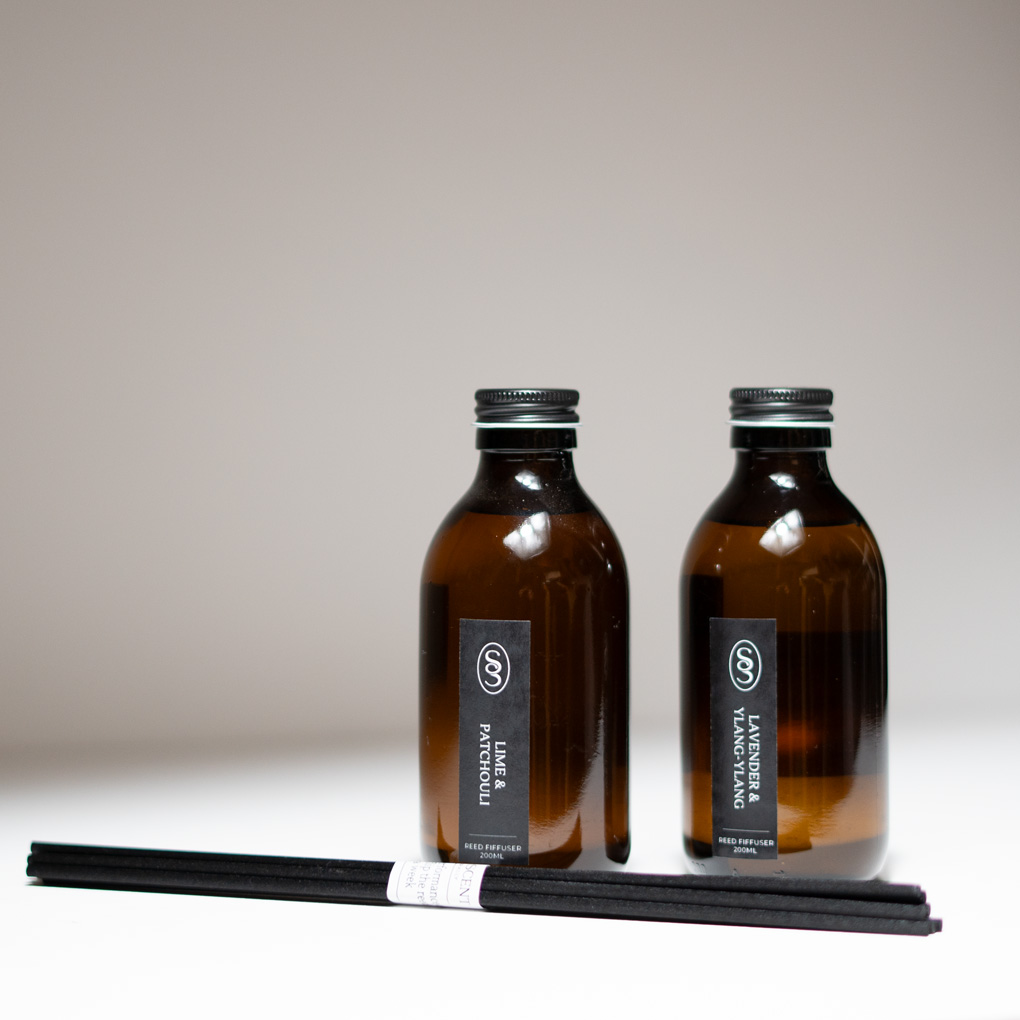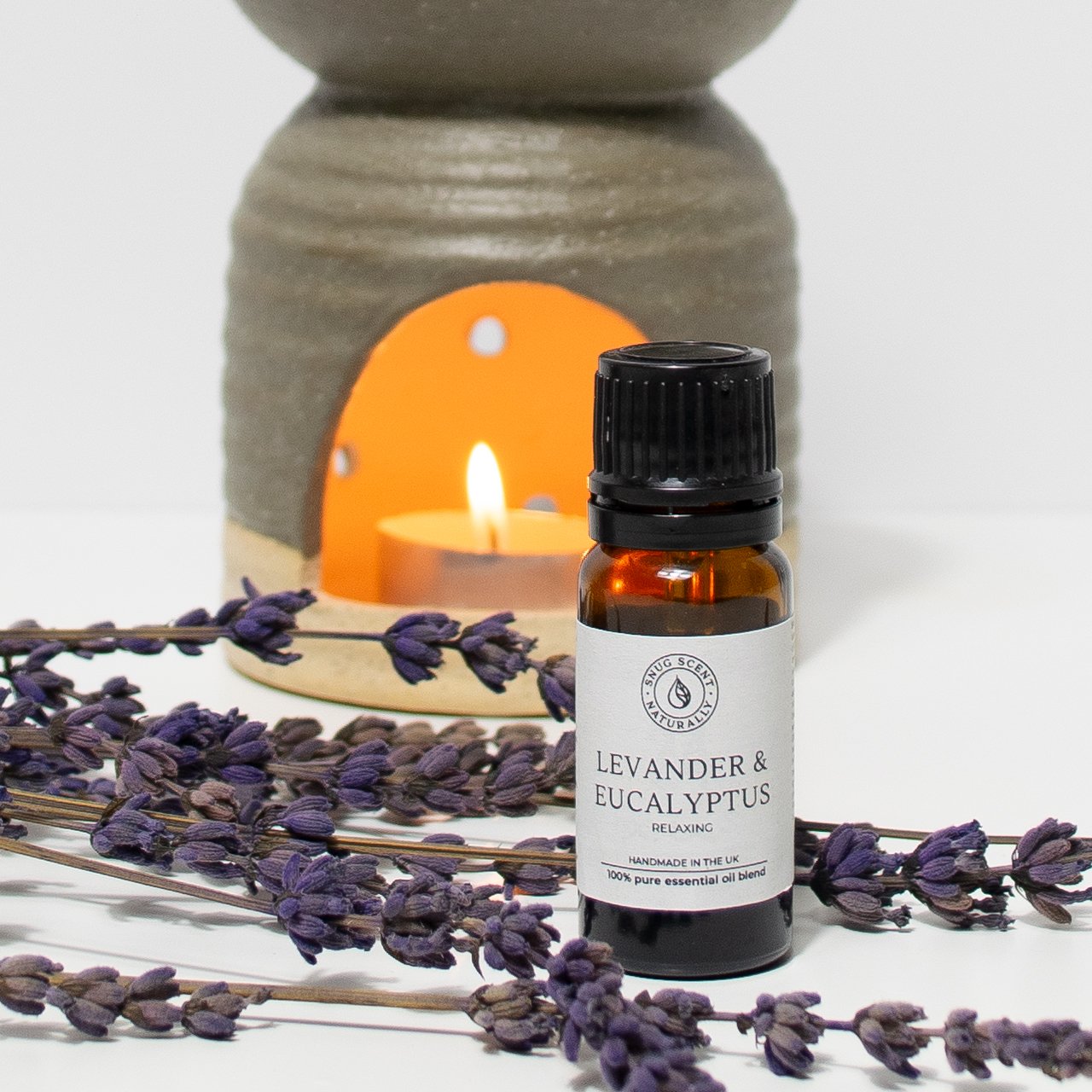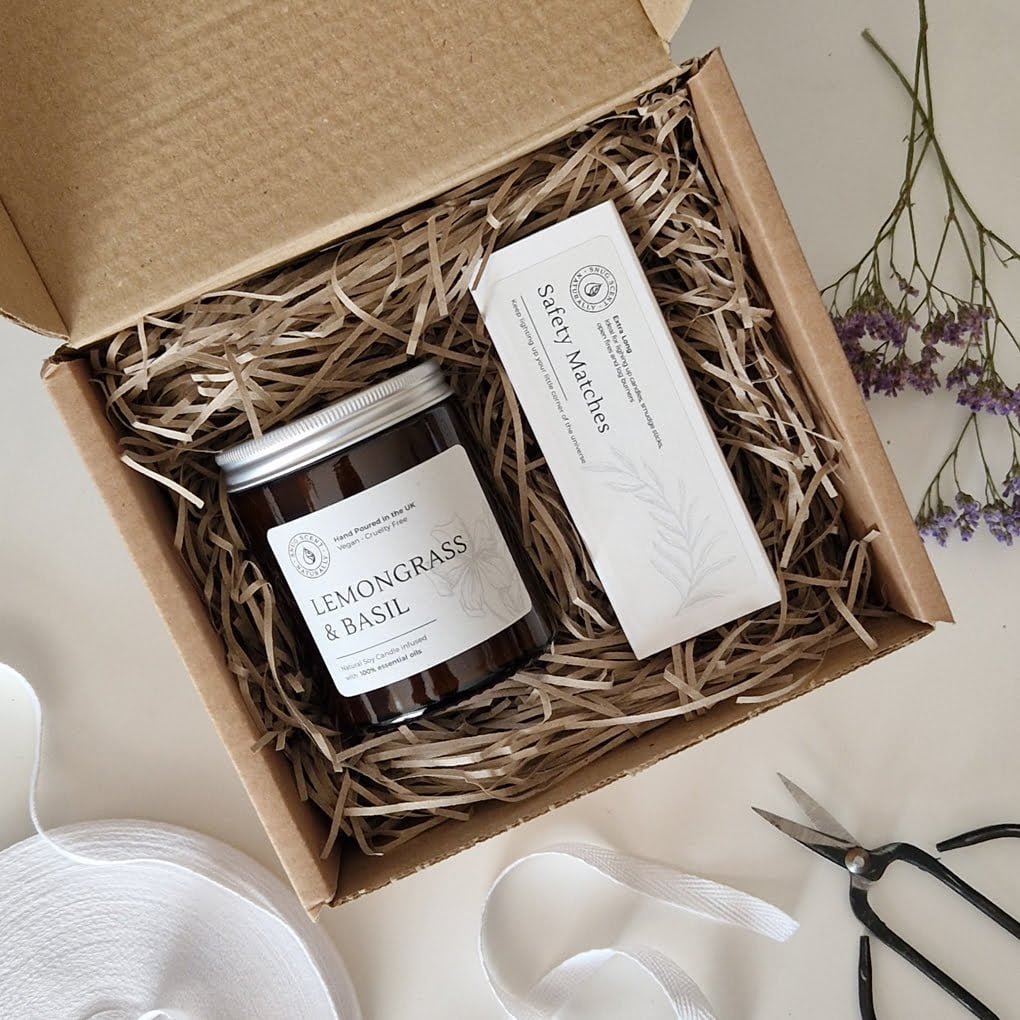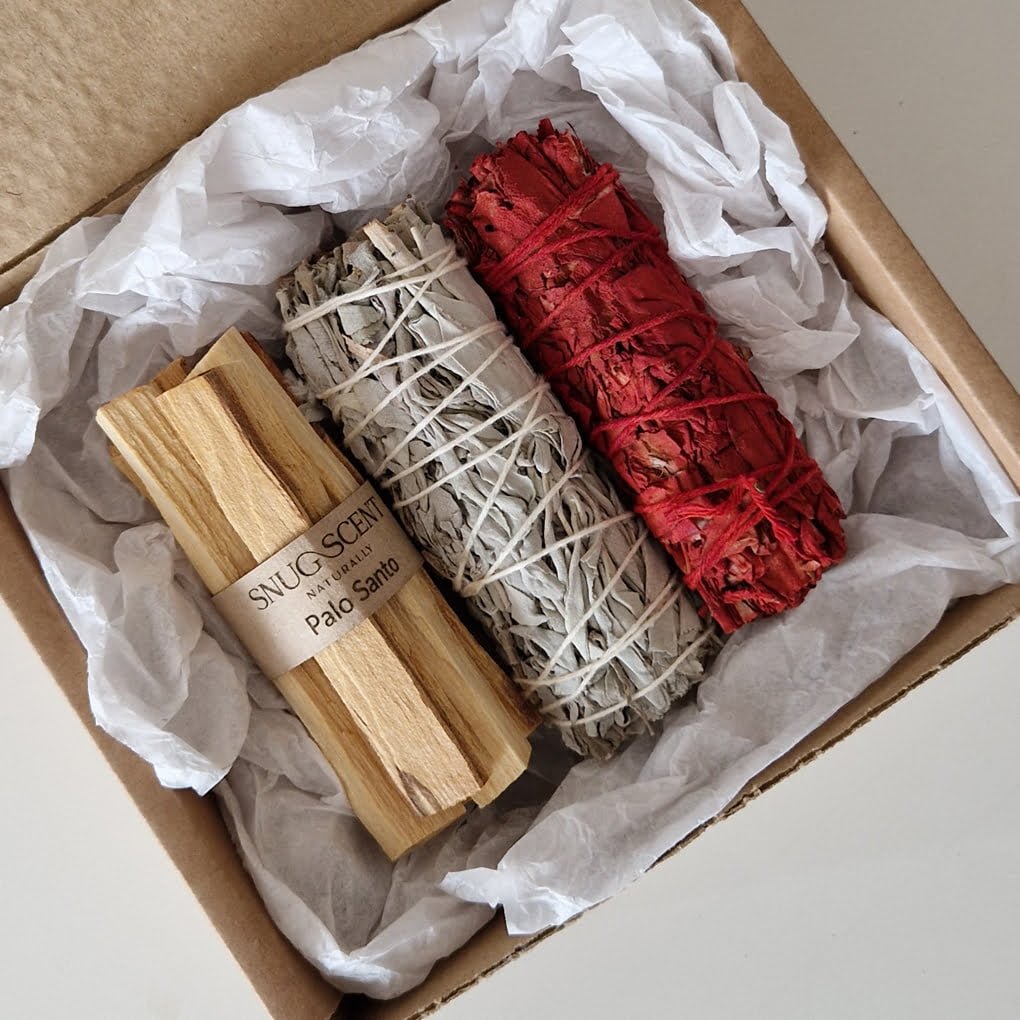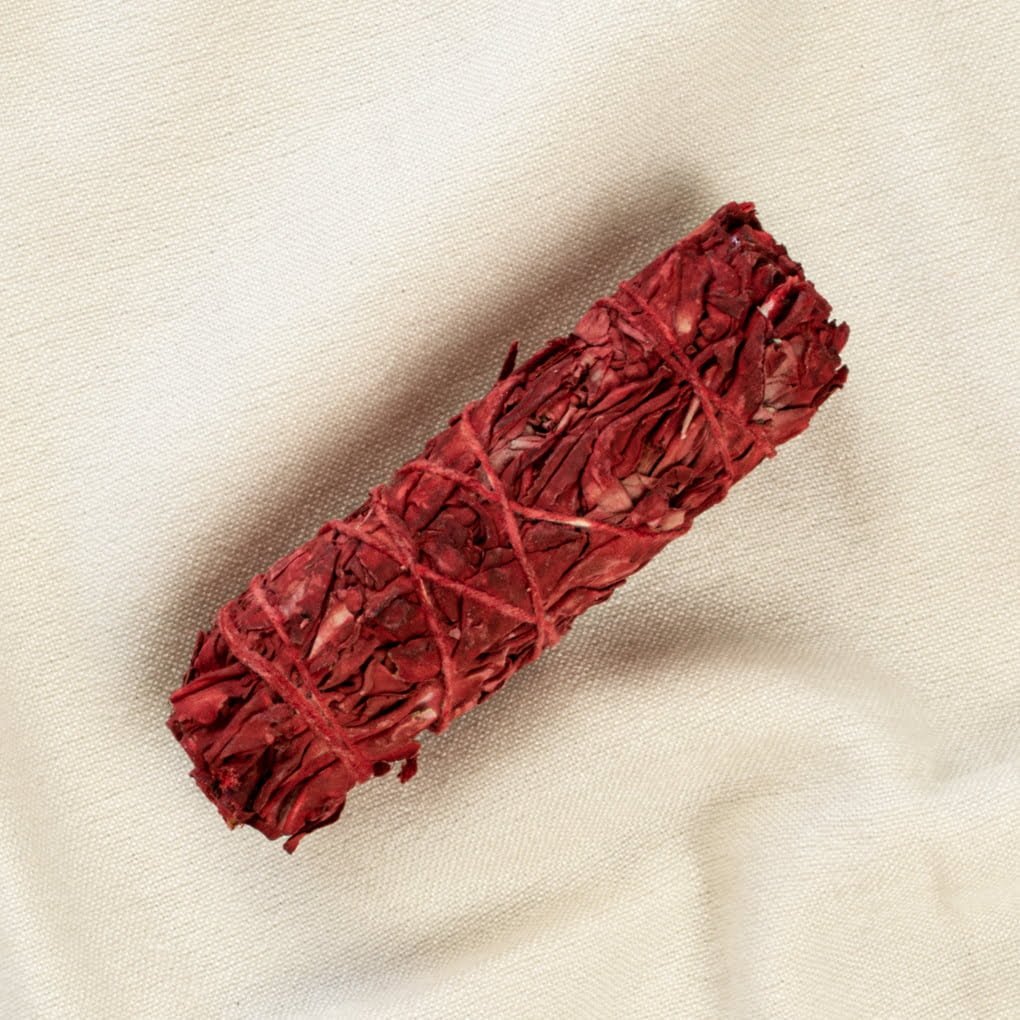About Reed Diffusers
Let’s talk about reed diffuser bases
Reed diffusers are a great way to add subtle fragrance and ambience to any home. They are becoming increasingly popular for their ease of use, long-lasting scent, and the fact that they don’t require electricity or an open flame like candles. However, not all reed diffusers are created equal — the base used can make a big difference in terms of effectiveness and safety. In this article, we will explore the different bases used for reed diffusers, how to choose the best one for your needs, as well as some tips on how to use them safely and effectively.
Reed Diffusers and their Benefits
Reed diffusers are a great, safe alternative to candles that can provide a long-lasting scent without the worry of an open flame. They come in a variety of fragrances and styles, making them perfect for any room. Reed diffusers work by using natural reeds to absorb the liquid-scented oil from a base into the air. This makes them an ideal choice for those who are sensitive to strong smells, as the scent is more subtle and lasts longer than candles.
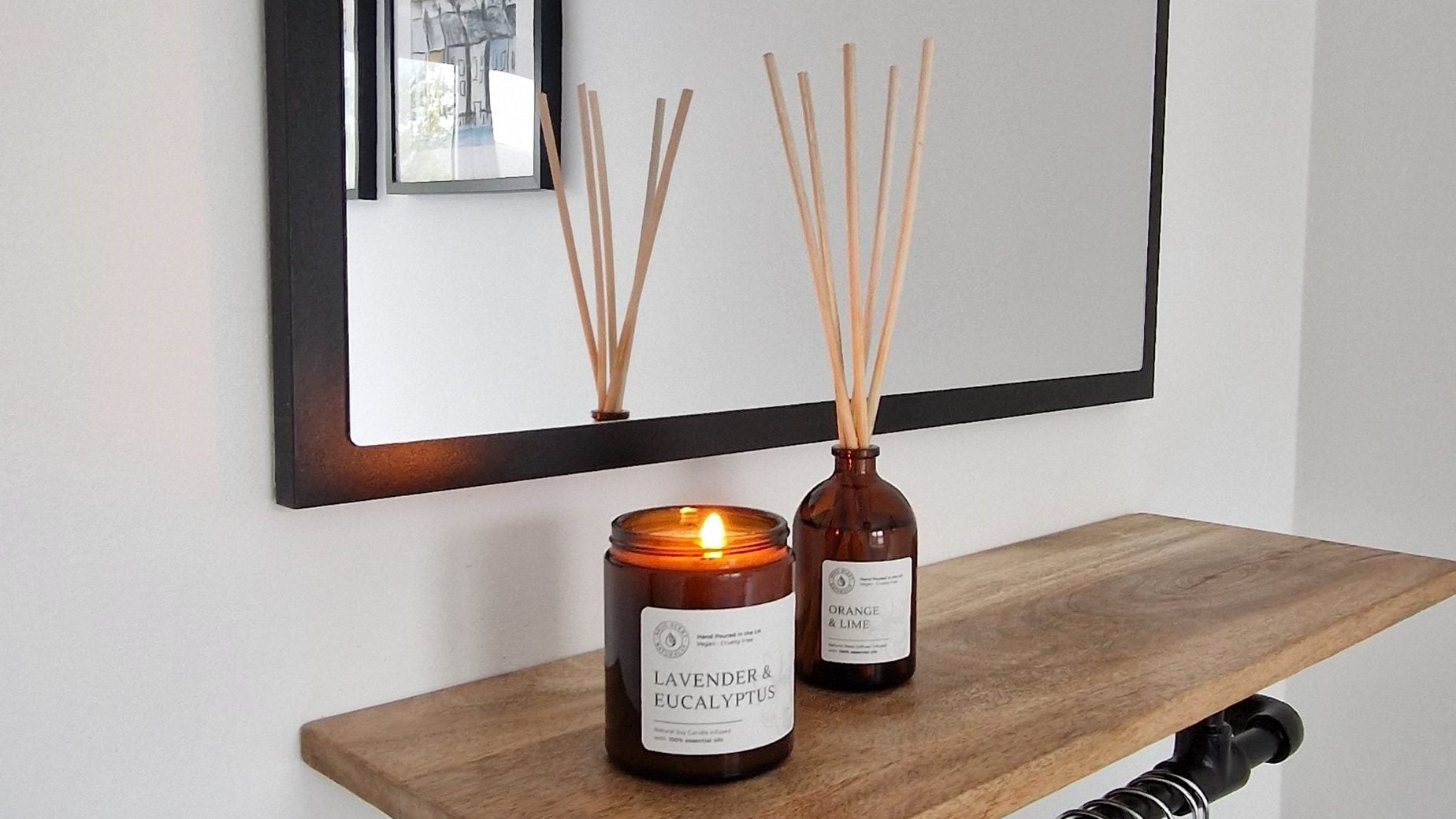
Reed Diffuser Bases
Reed diffuser bases come in a variety of types, including alcohols and other solvents such as propylene glycol, vegetable glycerin, and polysorbate. Alcohol is the most common base used and produces a strong scent, while other solvents are often added to help dilute the alcohol and produce a milder, more subtle scent. Each base type has its benefits, so it’s important to understand each one before making your choice.
First-Generation Bases: These bases are typically made up of different types of alcohol and have a strong scent that evaporates quickly. Reed diffusers typically contain ethanol as the alcohol component, but it is often mixed with other solvents like isopropyl myristate, dipropylene glycol, and propylene glycol to slow down evaporation. However, because of high alcohol content, these bases have high VOC levels. VOCs are a diverse group of organic chemicals that readily evaporate at room temperature and can contribute to indoor air pollution and cause various health issues, including headaches, dizziness, and respiratory problems. Furthermore, using ethanol-based diffusers may not be the best choice for those sensitive to VOCs or concerned about indoor air quality.
Second-Generation Bases: The second type of bases tends to contain heavier, more aromatic compounds, such as alcohols, glycols or ethers. Some examples are dipropylene glycol (DPG), dipropylene glycol methyl ether (DPM), diethylene glycol (DEG), propylene glycol (PG) and many more. Most of the components discussed here and above are usually synthesized from petroleum products due to cost and availability, although some can also be sourced naturally. These bases often contain more VOCs than the first generation, but since evaporation is slower, users may be less likely to experience unpleasant side effects. However, second-generation bases may contain additional chemicals, such as phthalates and parabens, which can be harmful when inhaled.
Third-Generation Bases: The third type of bases is the latest innovation available in the market. Some examples of plant-based reed diffuser bases include fractionated coconut oil, safflower oil and other glycerin-based bases derived from a vegetable origin, such as soybean oil, coconut oil, vegetable glycerin, and other natural renewable sources. They are an eco-friendly and more healthy option, as they do not contain any fast-evaporating alcohol or VOCs, though they are more expensive than other generations. Third-Generation Bases evaporate in a controlled and healthy manner, so users don’t have to worry about any potential health risks. Furthermore, paired with essential oils, these natural reed diffusers can provide a safe and therapeutic way to scent your space.
At Snug Scent, we pride ourselves on using the best available base — a cutting-edge third-generation formula. This exceptional base is derived from renewable soybeans, ensuring sustainability and making it an excellent choice for vegans seeking a cruelty-free option. Moreover, our third-generation base is also ideal for individuals with allergies to Volatile Organic Compounds, as it is VOCs free.
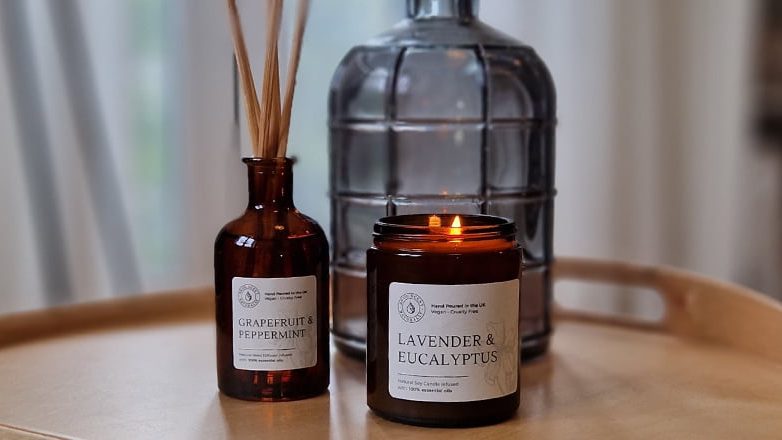
Tips for Using Reed Diffusers Safely and Effectively
- Choose a reed diffuser base that is appropriate for your needs. If you’re looking for a strong scent, opt for a first or second-generation base; if you’d rather have something more healthy, eco-friendly and vegan, go with the third generation.
- Always make sure to read the instructions carefully before using a reed diffuser and perform any maintenance or refilling tasks as recommended.
- Make sure to place the diffuser in an area away from direct sunlight, heat sources, or drafts that could cause it to evaporate too quickly.
- Keep your reed diffuser away from children and pets.
- Replace the reeds if they start to clog, or you notice a decrease in scent.
- If you have any allergies or sensitivities to certain ingredients, check your diffuser’s ingredient list before using it.
Reed diffusers are a great way to freshen up any room with a pleasant, long-lasting aroma. Not only do they provide an effortless and affordable scenting solution, but they also offer a more safe and fire-free alternative. To avoid potential health risks, choosing the appropriate base for your needs when using a reed diffuser is important. Additionally, taking care of your diffuser can help it work effectively and keep your space scented for a longer period of time. If you are interested in adding a pleasant aroma to your home, using a reed diffuser is worth considering.
